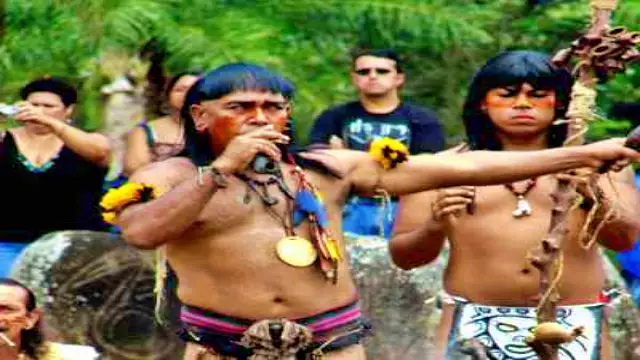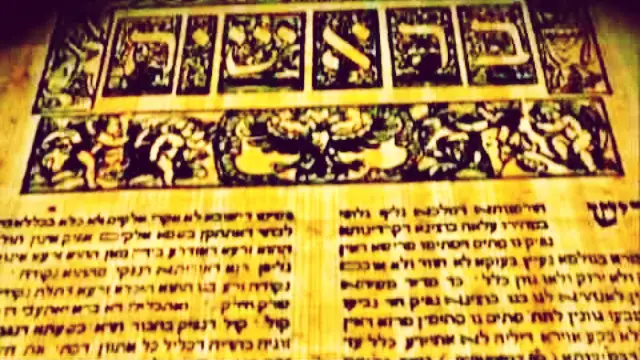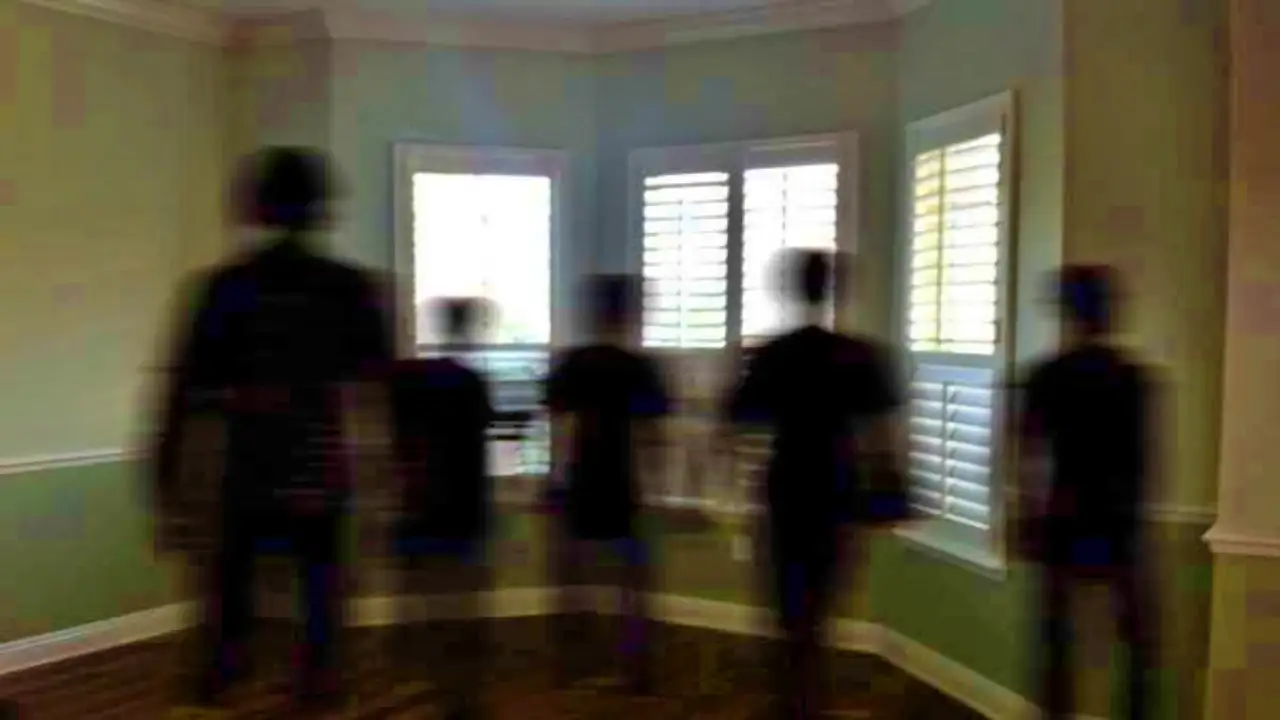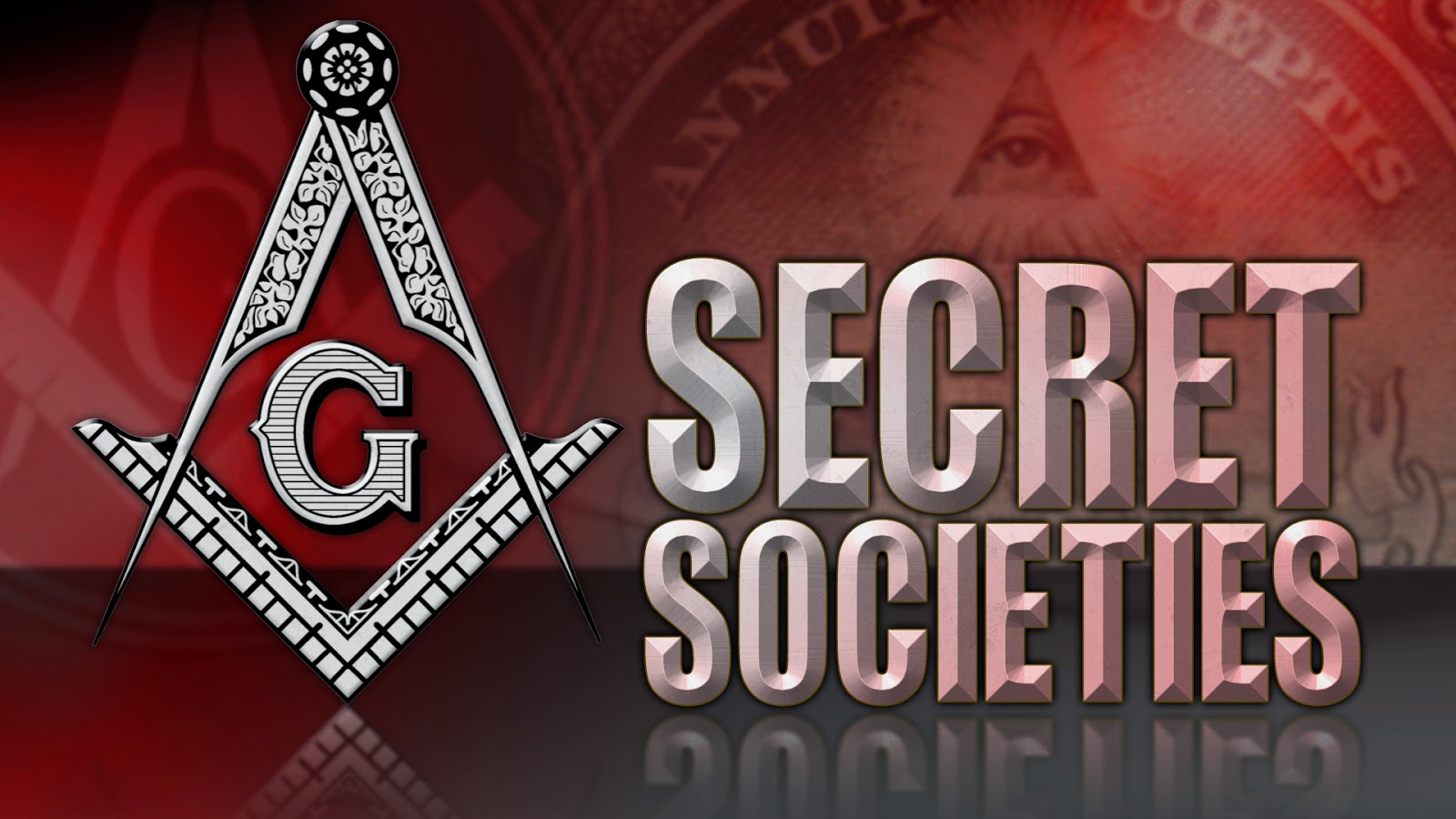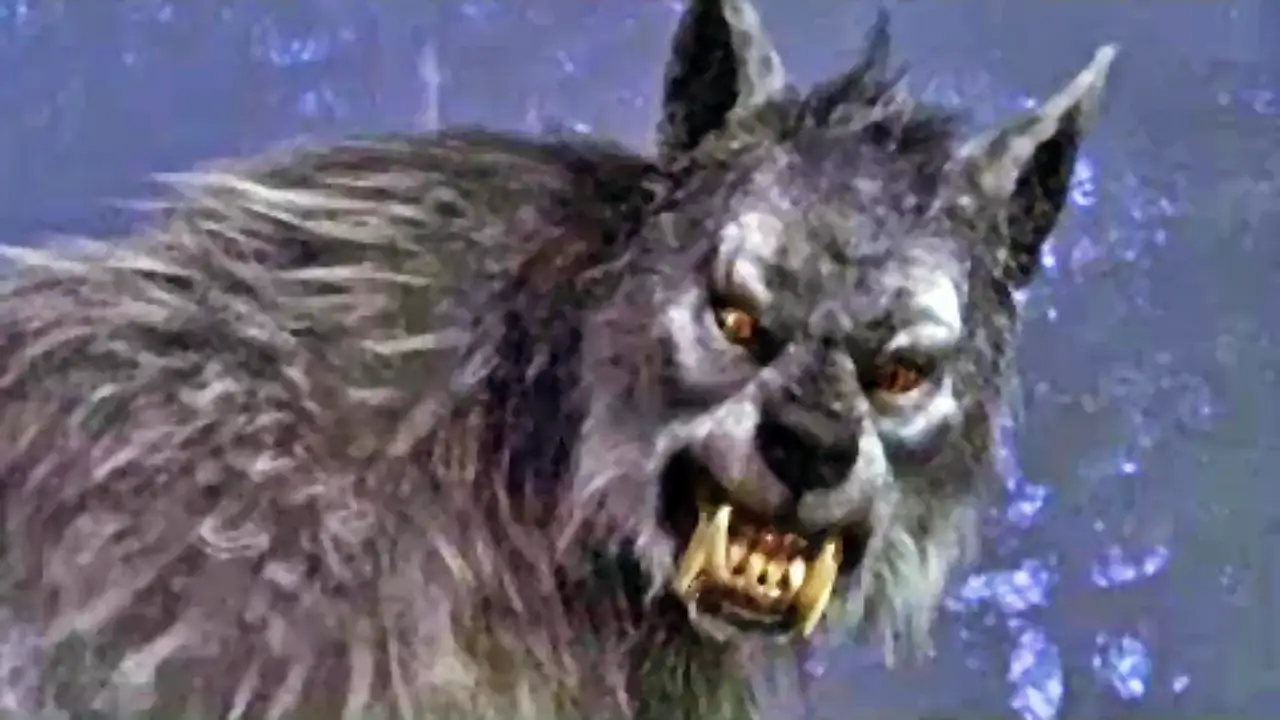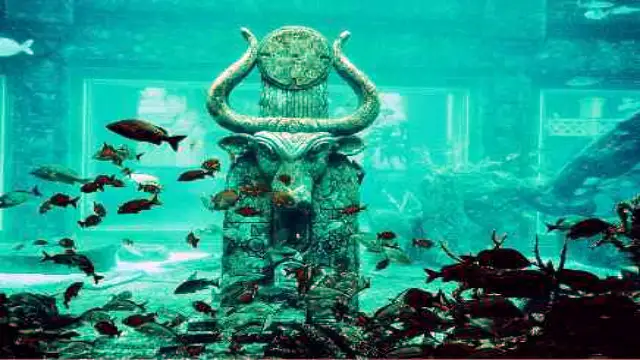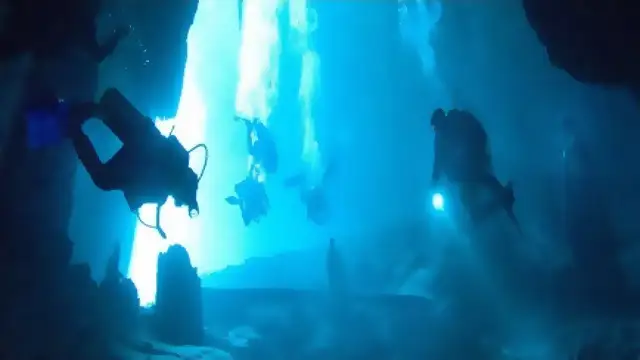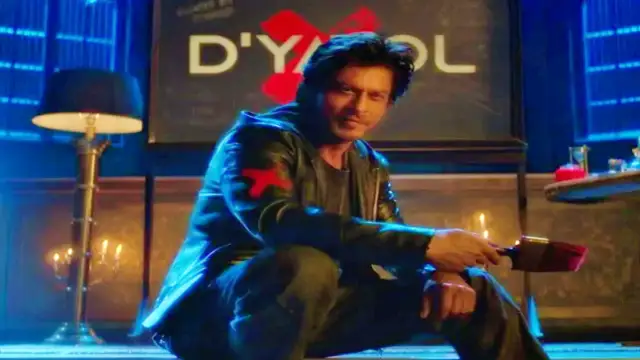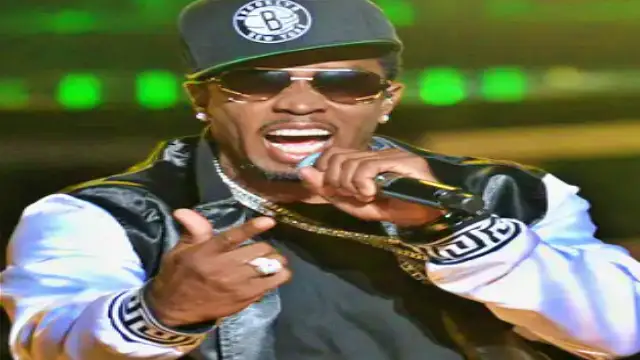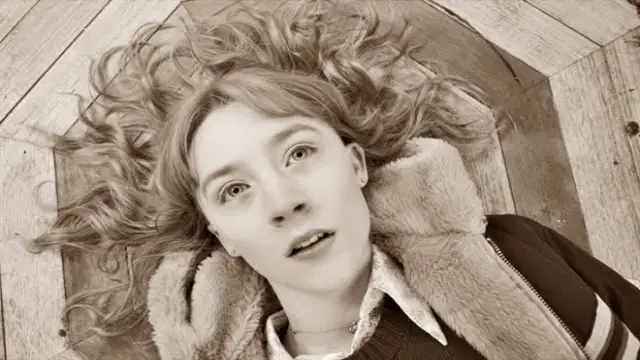The Fastest Gun Alive (1956) Movie Review: A Thrilling Western Classic
This Western Classic Will Keep You on the Edge of Your Seat
Key points
Director: Russell Rouse
Cast: Glenn Ford, Broderick Crawford, Jeanne Crain, Russ Tamblyn
Plot Summary
“The Fastest Gun Alive,” directed by Russell Rouse, is a captivating Western that showcases Glenn Ford’s remarkable talent and Broderick Crawford’s menacing presence. Set in the small, dusty town of Cross Creek, the film explores themes of identity, bravery, and the consequences of living a double life.

Characters and Performances
Glenn Ford plays George Temple, a mild-mannered grocery store owner who hides a secret. The townsfolk perceive George as a timid “pantywaist” because he abstains from drinking and doesn’t carry a gun. However, beneath this unassuming exterior lies the truth: George is the fastest gun alive. Ford’s portrayal of George is compelling, capturing the character’s inner conflict and determination.
Broderick Crawford takes on the role of Vinnie Harold, a ruthless bank robber with a penchant for challenging other quick-draws to duels. Crawford’s performance as Vinnie is both chilling and charismatic. His character’s obsession with proving himself as the best gunfighter creates a tense and dangerous atmosphere throughout the film.
Jeanne Crain plays Dora Temple, George’s supportive yet anxious wife. Dora is well aware of George’s past and the dangers it brings. Crain’s performance adds depth to the narrative, highlighting the emotional toll of George’s secret on their relationship. Her character’s stylish appearance contrasts with the gritty setting, emphasizing the tension between their domestic life and George’s hidden identity.
Russ Tamblyn adds a unique touch to the film with his character, Eric, a young man with a flair for dancing. Although Eric’s dance routine doesn’t directly contribute to the plot, it provides a lighthearted interlude and showcases Tamblyn’s impressive moves.
Themes and Analysis
“The Fastest Gun Alive” delves into several themes that resonate with audiences. At its core, the film explores the burden of living a double life. George Temple’s reluctance to reveal his true identity stems from a desire for peace and normalcy, yet his extraordinary skill with a gun continually draws trouble.
The film also examines the concept of reputation and the pressure to live up to one’s image. George’s reluctance to carry a gun and engage in violence conflicts with his reputation as the fastest gun. This internal struggle is a driving force in the narrative, making George a relatable and multidimensional character.

Cinematic Elements
Russell Rouse’s direction brings a sense of authenticity and tension to the film. The dusty streets of Cross Creek and the desolate landscapes create a palpable atmosphere of isolation and danger. The cinematography captures the stark beauty of the Western setting, while the tight framing during gunfights heightens the suspense.
The film’s action sequences are well-executed, particularly the gunfights. George’s demonstration of his shooting skills, where he shoots two silver dollars in mid-air, is a standout moment that showcases both his talent and the film’s attention to detail.
The musical score complements the film’s tone, enhancing the dramatic moments and adding to the overall tension. The music underscores the high stakes of the duels and the emotional weight of George’s struggle.
The Climax and Resolution
The climax of the film is a showdown between George and Vinnie, a culmination of the tension that has been building throughout the narrative. When Vinnie and his gang arrive in Cross Creek, they immediately begin to intimidate the townspeople, trying to uncover the identity of the legendary gunfighter.
The townsfolk, who have promised to keep George’s secret, are put to the test as Vinnie’s threats escalate. The resolution hinges on George’s decision to confront his past and protect his community. His final showdown with Vinnie is a gripping and emotionally charged sequence that highlights Ford’s commitment to the role.
Conclusion
“The Fastest Gun Alive” is a classic Western that combines action, drama, and psychological depth. While it may be filled with standard ’50s Freudian motivation clichés, it remains an entertaining and thought-provoking film due to Glenn Ford’s highly committed performance and Broderick Crawford’s compelling antagonist.
The film’s exploration of identity, reputation, and the burden of living a double life resonates with audiences, making it a timeless addition to the Western genre. With its well-crafted characters, tense narrative, and authentic setting, “The Fastest Gun Alive” is a must-watch for fans of classic cinema and Westerns alike.
Whether you’re drawn to the thrilling gunfights, the complex characters, or the rich thematic content, “The Fastest Gun Alive” offers a captivating cinematic experience that will keep you on the edge of your seat from start to finish.




